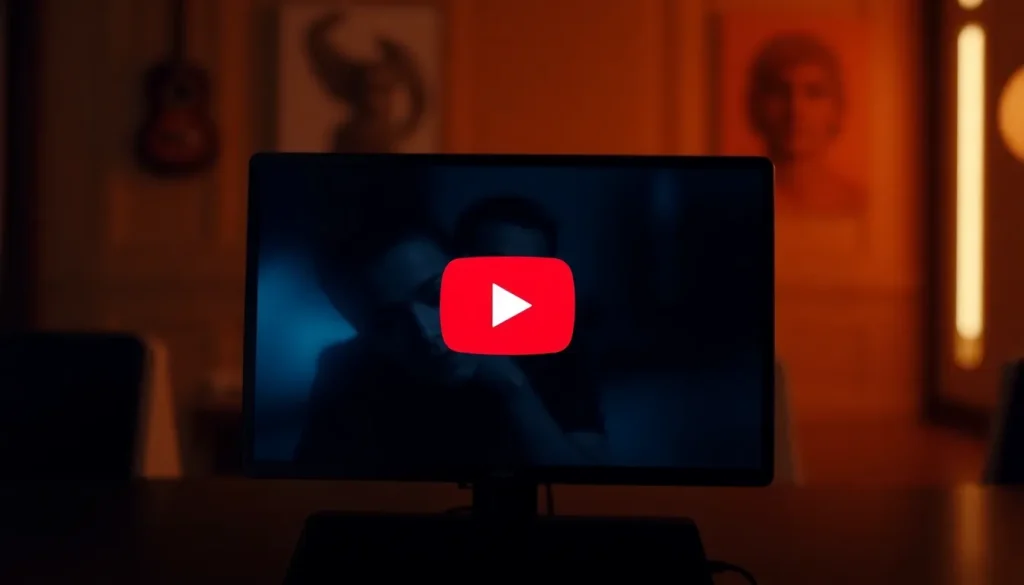YouTube adds lip sync to automatically dubbed videos using AI

YouTube has emerged as the leading video-sharing platform globally, boasting more active monthly users than popular social media networks such as Instagram and TikTok. Over the years, the platform has undergone significant transformations, introducing features that enhance the user experience. From high-definition resolutions like HD, Full HD, and 4K to automatic subtitling in various languages, YouTube is constantly evolving. A groundbreaking feature that has recently gained traction is "auto-dubbing," or automatic dubbing, which was announced in December 2024 and rolled out to verified creators by June 2025. Now, YouTube has taken a bold step forward by integrating AI lip-syncing technology to ensure that translations into other languages feel more natural and seamless.
This innovation not only enhances the viewing experience but also reflects YouTube's commitment to making content accessible across diverse linguistic backgrounds. As the platform continues to grow, the implementation of such advanced technologies is seen as a vital move to retain its competitive edge in the digital landscape.
YouTube integrates AI lip-sync technology in dubbed videos
The automatic translation feature introduced by YouTube has received mixed responses from users. While some have praised its convenience, many critics argue that the translated voice often sounds robotic and lacks the emotional depth of the original. Viewers have expressed frustration over the lack of synchronization between the voice and the on-screen actions, which can detract from the overall viewing experience.
Despite these criticisms, YouTube is dedicated to refining this feature. The latest AI-powered lip-sync technology aims to synchronize the audio with the actors’ lip movements, enhancing the realism of the dubbed content. Users can now select a new language, and although the voice may still have some artificial qualities, the improvement in lip synchronization is a significant step forward. Here are some key points regarding this technology:
- Improved synchronization of audio with lip movements.
- Enhanced realism in dubbed content, making it more engaging.
- Continued advancements expected to address previous criticisms.
Over 60 million videos translated by AI in the past year
During the recent "Made on YouTube" event, it was revealed that more than 60 million videos have been auto-translated by the platform within just a year. This impressive figure highlights the growing reliance on artificial intelligence for content localization. YouTube employs advanced AI models, such as Gemini and Aloud, to generate translated audio that closely resembles the original tone and emotion, while effectively isolating voices from background sounds.
However, this reliance on AI for translation and dubbing has sparked concerns within the voice acting community. Many argue that such technologies could threaten the livelihoods of professional voice actors, especially as channels can now cater to multiple languages without needing separate channels. Despite these worries, some YouTube creators have reported a remarkable increase in their audience reach, with some channels reportedly tripling their viewership in non-native languages after implementing auto-dubbing. The new lip-sync technology is initially set to support 20 languages, including English, Spanish, German, and French.
How to automatically translate videos on YouTube
For users interested in accessing translated content, YouTube offers several options to facilitate the automatic translation of videos into various languages. Here’s how you can enable this feature:
- Open YouTube and navigate to the video you wish to watch.
- Click on the settings icon (gear icon) located in the bottom right corner of the video player.
- Select the "Subtitles/CC" option.
- If available, choose "Auto-translate" from the subtitles menu.
- Pick your desired language from the available options.
This process allows viewers to enjoy content in their preferred language, making the platform more inclusive and diverse.
Creating lip sync with AI: A step-by-step guide
For content creators looking to utilize AI for lip syncing in their videos, the process can be straightforward. Below are the basic steps to achieve effective lip sync using AI tools:
- Choose a reliable AI dubbing tool that offers lip sync capabilities.
- Upload your original video and script to the platform.
- Select the target language for dubbing.
- Utilize the AI tool to generate the audio, ensuring it matches the original tone.
- Adjust the lip sync settings to refine the synchronization.
- Export the final video with the dubbed audio and lip sync.
By following these steps, creators can enhance their content's accessibility and appeal to a broader audience.
Understanding lip synchronization in dubbing
Lip synchronization, commonly referred to as lip sync, is the process of aligning audio with video to create the illusion that the recorded speech matches the lip movements of the actor on screen. This technique is crucial in the dubbing industry as it enhances the overall viewing experience by making the dialogue appear more natural and engaging.
Effective lip sync involves several elements:
- Accurate timing: The audio must align precisely with the visual cues of lip movement.
- Emotional expression: The tone and emotion of the audio should reflect what is being portrayed visually.
- Natural flow: The overall delivery should feel seamless, avoiding any noticeable disconnection.
As AI technology continues to improve, the potential for achieving flawless lip synchronization becomes increasingly feasible, promising a new era of dubbing for global audiences.
For those interested in seeing this technology in action, check out this informative video that delves into the specifics of AI lip sync in dubbing:
As YouTube continues to innovate and adapt, the integration of AI technologies like lip syncing and automatic dubbing will likely play a significant role in shaping the future of online content consumption. The ongoing evolution of these features reflects a broader trend towards accessibility and inclusivity in digital media, catering to a global audience with diverse linguistic needs.




Leave a Reply